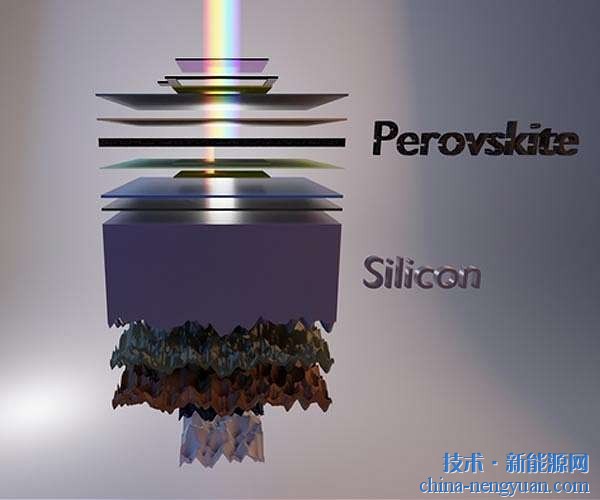 |

Feeling ordinary flat-panel TVs can not meet their viewing requirements? The splicable, immersive TV screen will make you enjoy your favorite shows.
The spliced ​​interactive “wallpaper†screen can contain your surrounding vision, creating a true immersive experience, easily replacing dim, low-resolution projectors, or energy-intensive flat-panel display screens. NDS, a maker of pay-TV transmission technology, said that how to arrange and regulate the various programs on screens will be a problem people will face in the next decade. “Sci-fi fiction accurately predicts the future of TV technology, which is amazing!†said Simon Barnell, NDS's vice president of technology.
According to "New Scientist" magazine, the company's latest innovation is called "Surfaces". The core of this concept is the next-generation flat panel TV based on organic light-emitting diode (OLED) display technology. The OLED display panel has a great advantage in that it can emit light by itself, unlike the liquid crystal display, which requires backlight support. Therefore, the visibility and brightness of the OLED display technology are high, and the screen can operate normally even at the edge of the screen. This means that they can be spliced ​​to form a continuous display screen with good contrast and resolution. Secondly, the OLED display has almost no problem with the viewing angle. Under a large viewing angle, the screen will not be distorted. This paves the way for the production of large-size high-definition OLED TVs. In addition, OLEDs are ultra-lightweight, simple in construction, fast in response, low in power consumption, and capable of flexible displays. They are considered one of the most promising products of the moment. The OLED display also won the reputation of "dream display".
"We can achieve the OLED display panel splicing, on-demand form any shape of the screen, not just the mosaic of the rectangular array." Barnner stressed. Based on six OLED panels, NDS built a 3.6-by-1.4-meter screen prototype. The video server will push high-resolution content to the screen under the control of an ordinary browser based on a platform such as a computer or a smart phone, which also allows the user to select which screen to display video, webpage, or social media. For example, a screen prototype can have a talent show in the center. The right side is information about each contestant on the network. The following is a miniature window on voting. On the left is the audience feedback on Twitter in real time. The focus of this experience is on the degree of immersion desired by the audience. When family members watch a movie together, they can choose a deeper level of immersion so that the movie is covered with almost a whole screen. For shallower immersions, news can be displayed in the center, so that Internet telephony and web content are scattered around the periphery, and separate audio channels can be wirelessly connected to each user's mobile phone or headset.
Professionals said that the price of OLED TVs is expected to drop below 30,000 yuan in two years, and that in the next 5 to 10 years, there will be about 10,000 OLED TVs. Prior to this, Samsung had just officially released the 55-inch OLED TV production model ES9500 at the 2012 World Expo, and said that it will be released in Korea in the second half of this year. According to official sources, the price of this TV is about 57,000 yuan.
Coincidentally, MIT researchers Daniel Norwich and Michael Bove have also developed a 16:9 widescreen immersive system called "Infinity-by-Nine," which is trying to change the way we watch TV. They point out that the surrounding vision is not sensitive to details but sensitive to movement. By means of machine vision software analysis, the main image (movie, etc.) and the moving low resolution pattern that will be generated in real time will be projected on the surrounding walls and ceilings. The audience will not be interested in additional images, but their appearance Will greatly increase people's perception of the screen around.
This is because when the perception of color and detail disappears due to the surrounding vision, the perception of dynamics by the visual edge is still very strong. Therefore, this system simply moves the resulting low-resolution pattern at the same speed as the main image, which enhances the viewer's immersive look and feel, making it immersive. Researchers said that the most effective one should be the central viewing location, but for other locations, the induction is more obvious. They placed sofas on the place where the room system was running to test, and the subjects expressed good feelings.
But sometimes too much information can be distracting, and even some viewers feel annoyed. Therefore, another research team at MIT developed a system called "focus space." It uses Microsoft's Kinect somatosensory depth camera to sense the area the viewer is focusing on, dynamically increasing the color and contrast of the corresponding image, making the screen in the focused area clearer, and also making it easier for the viewer to concentrate. According to industry figures, Kinect and similar systems can also control the “surface†of NDS. Samsung has allowed the use of gestures and sounds to control the recently launched ES8000 smart TV, while waving and staring will provide good control over large screens. More ways. (Reporter: Zhang Hao, General Foreign Power)
ISO9624 PN10 LAPPED FLANGE, DN15-DN10000, LOOSE FLANGE, S235JR, DN15-DN1000.
ISO9624 PN16 LAPPED FLANGE, DN15-DN10000, LOOSE FLANGE, S235JR, DN15-DN1000.
PN16 Flange,ISO Flanges,ISO Plate Flange,ISO Standard Flange
Shandong Zhongnuo Heavy Industry Co.,Ltd. , https://www.zhongnuoflanges.com